Themed collection Harvesting Renewable Energy with Chemistry

Harvesting renewable energy with chemistry
Guest Editors Walter Leitner, Elsje Alessandra Quadrelli and Robert Schlögl introduce the Green Chemistry themed issue on “Harvesting Renewable Energy with Chemistry”.
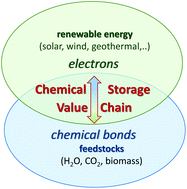
Green Chem., 2017,19, 2307-2308
https://doi.org/10.1039/C7GC90045G
Future perspectives for formaldehyde: pathways for reductive synthesis and energy storage
This perspective article spreads light on the recent directions towards the low-temperature reductive synthesis of formaldehyde and its derivatives and low-temperature formaldehyde reforming for hydrogen generation.
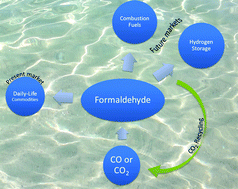
Green Chem., 2017,19, 2347-2355
https://doi.org/10.1039/C6GC03093A
Syngas production from electrochemical reduction of CO2: current status and prospective implementation
The opportunities and challenges for exploiting the production of syngas from the electrochemical reduction of CO2 are critically reviewed and analysed.
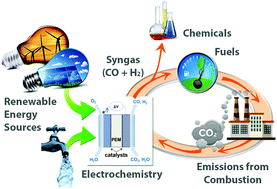
Green Chem., 2017,19, 2326-2346
https://doi.org/10.1039/C7GC00398F
Structural models of the biological oxygen-evolving complex: achievements, insights, and challenges for biomimicry
Recent developments on structural mimics for the oxygen-evolving complex of photosystem II are reviewed and discussed.
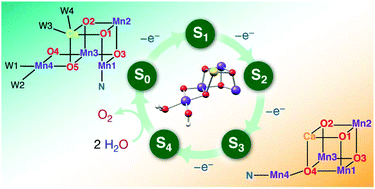
Green Chem., 2017,19, 2309-2325
https://doi.org/10.1039/C7GC00425G
Earth-abundant photocatalytic systems for the visible-light-driven reduction of CO2 to CO
A highly selective earth-abundant photocalytic system, based on an in situ copper photosensitizer and an iron catalyst, was developed for the CO2-to-CO transformation.

Green Chem., 2017,19, 2356-2360
https://doi.org/10.1039/C6GC03527B
Continuous niobium phosphate catalysed Skraup reaction for quinoline synthesis from solketal
Solketal is derived from the reaction of acetone with glycerol, a by-product of the biodiesel industry. We demonstrate the use of NbOPO4 as a catalyst for the conversion of solketal and anilines to quinolines.

Green Chem., 2017,19, 2439-2447
https://doi.org/10.1039/C6GC03140D
Core-substituted naphthalenediimides anchored on BiVO4 for visible light-driven water splitting
Smart photocatalysts based on BiVO4 coupled to novel noble-metal-free core-substituted naphthalenediimides for the sunlight-driven water splitting reaction.
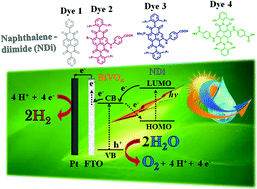
Green Chem., 2017,19, 2448-2462
https://doi.org/10.1039/C7GC00125H
Storing solar energy with chemistry: the role of thermochemical storage in concentrating solar power
Concentrating solar power (CSP) with thermal energy storage has the potential for grid-scale dispatchable power generation.
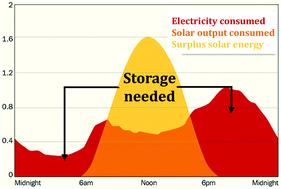
Green Chem., 2017,19, 2427-2438
https://doi.org/10.1039/C7GC00023E
Photo-assisted water oxidation by high-nuclearity cobalt-oxo cores: tracing the catalyst fate during oxygen evolution turnover
Cobalt-oxo cores with Co>9 enable oxygen evolution under visible light with diffusional electron transfer and 32 ET events in 60 ms.
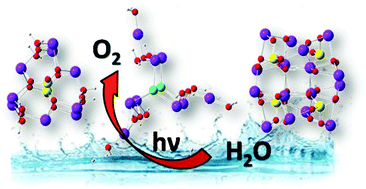
Green Chem., 2017,19, 2416-2426
https://doi.org/10.1039/C7GC00052A
Mechanism of C–C bond formation in the electrocatalytic reduction of CO2 to acetic acid. A challenging reaction to use renewable energy with chemistry
A study on the mechanism of C–C bond formation in the electrocatalytic reduction of CO2 to acetic acid with Cu/CNT electrocatalysts.
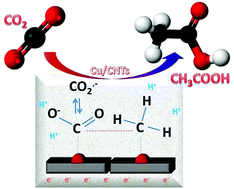
Green Chem., 2017,19, 2406-2415
https://doi.org/10.1039/C6GC03422E
Water splitting using a three-dimensional plasmonic photoanode with titanium dioxide nano-tunnels
A three-dimensional plasmonic photoanode using titanium dioxide nano-tunnels loaded with gold nanoparticles for water splitting was developed.
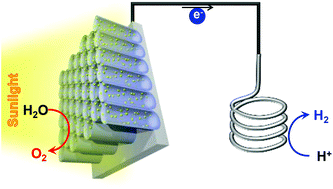
Green Chem., 2017,19, 2398-2405
https://doi.org/10.1039/C6GC03217F
Aqueous phase homogeneous formic acid disproportionation into methanol
Methanol is produced from the formic acid disproportionation reaction with unprecedented yields under mild conditions.
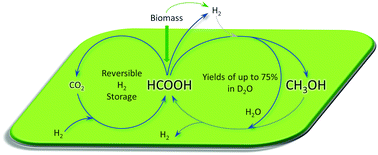
Green Chem., 2017,19, 2371-2378
https://doi.org/10.1039/C6GC03359H
Electrocatalytic upgrading of itaconic acid to methylsuccinic acid using fermentation broth as a substrate solution
An electrocatalytic transformation of biomass based platform chemicals is feasible even using crude fermentation broth.
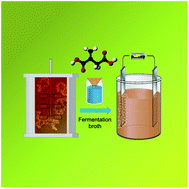
Green Chem., 2017,19, 2390-2397
https://doi.org/10.1039/C6GC03153F
Interfacial acidity in ligand-modified ruthenium nanoparticles boosts the hydrogenation of levulinic acid to gamma-valerolactone
Supported Ru-HHDMA nanoparticles are superior catalysts for the continuous-flow hydrogenation of levulinic acid to γ-valerolactone due to the bifunctional nature of the metal–ligand interface.
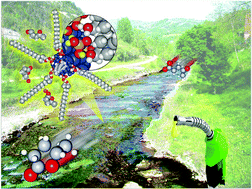
Green Chem., 2017,19, 2361-2370
https://doi.org/10.1039/C6GC02586B
Making H2 from light and biomass-derived alcohols: the outstanding activity of newly designed hierarchical MWCNT/Pd@TiO2 hybrid catalysts
Hydrogen evolution is among the most investigated catalytic processes given the importance of H2 from an industrial and an energy perspective.
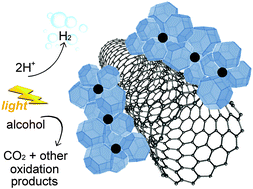
Green Chem., 2017,19, 2379-2389
https://doi.org/10.1039/C6GC01979J
About this collection
Direct, efficient, and selective routes from renewable energies to targeted added-value chemicals are a crucial token of the necessary paradigm shift towards energy systems based on renewable resources. Guest-edited by Walter Leitner, Alessandra Quadrelli and Robert Schlögl, this special issue will highlight innovative concepts and recent developments in academia and industry at the interface between the energy and chemical sector.